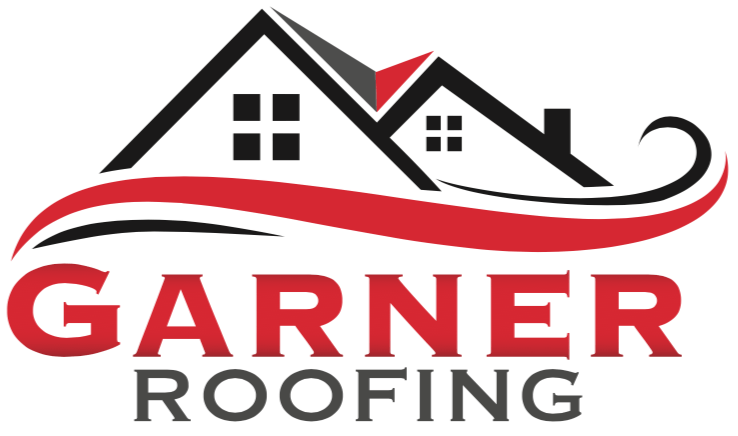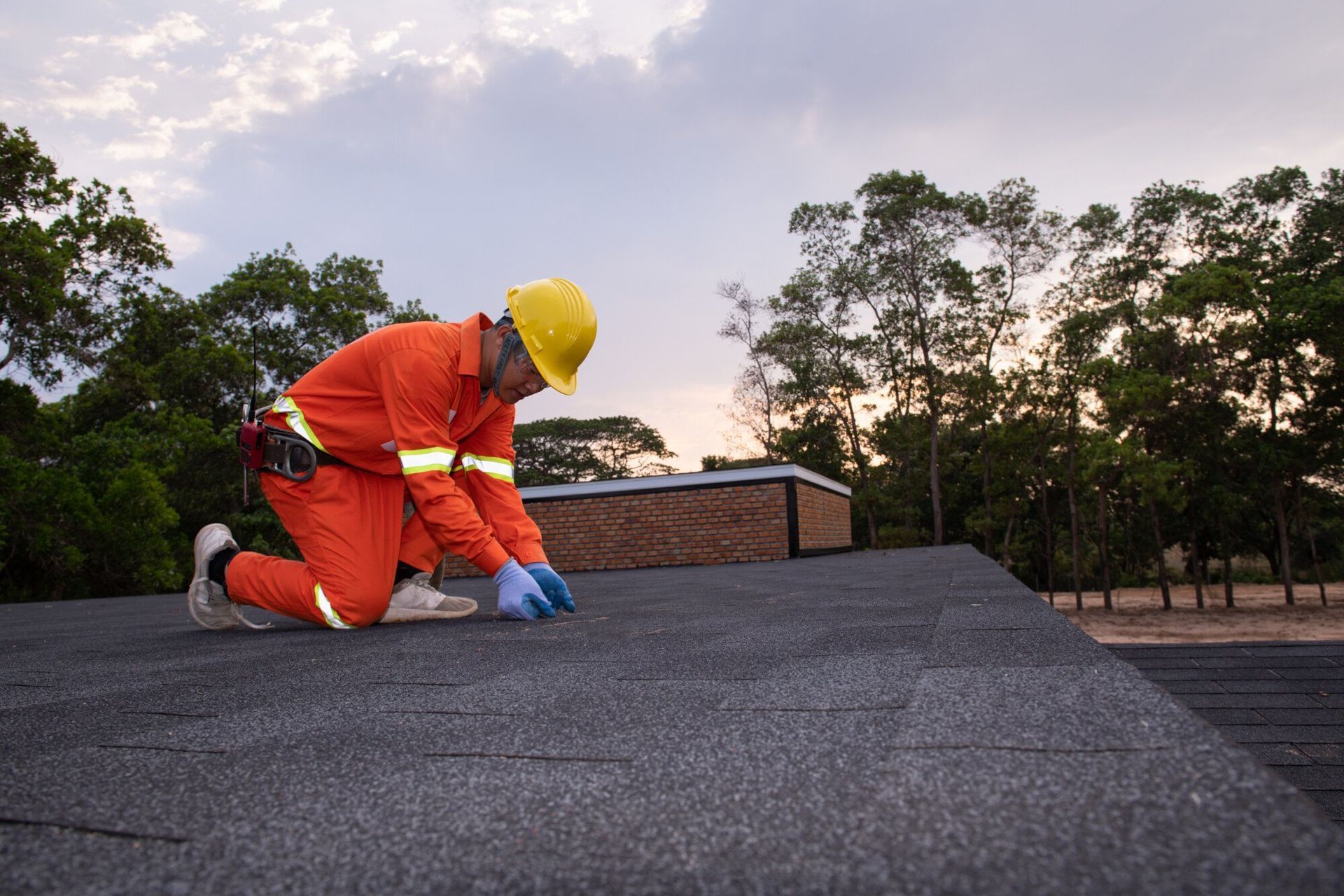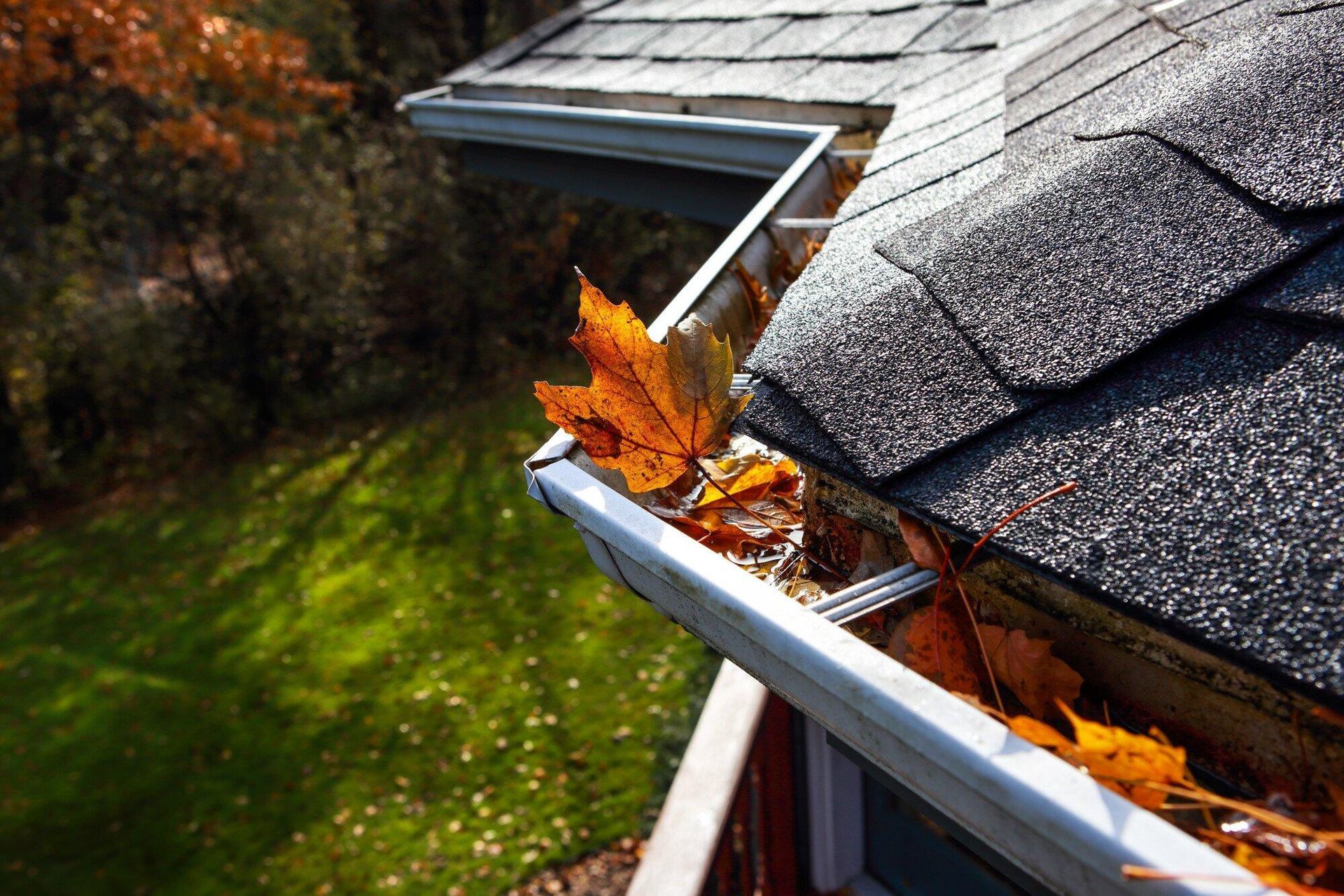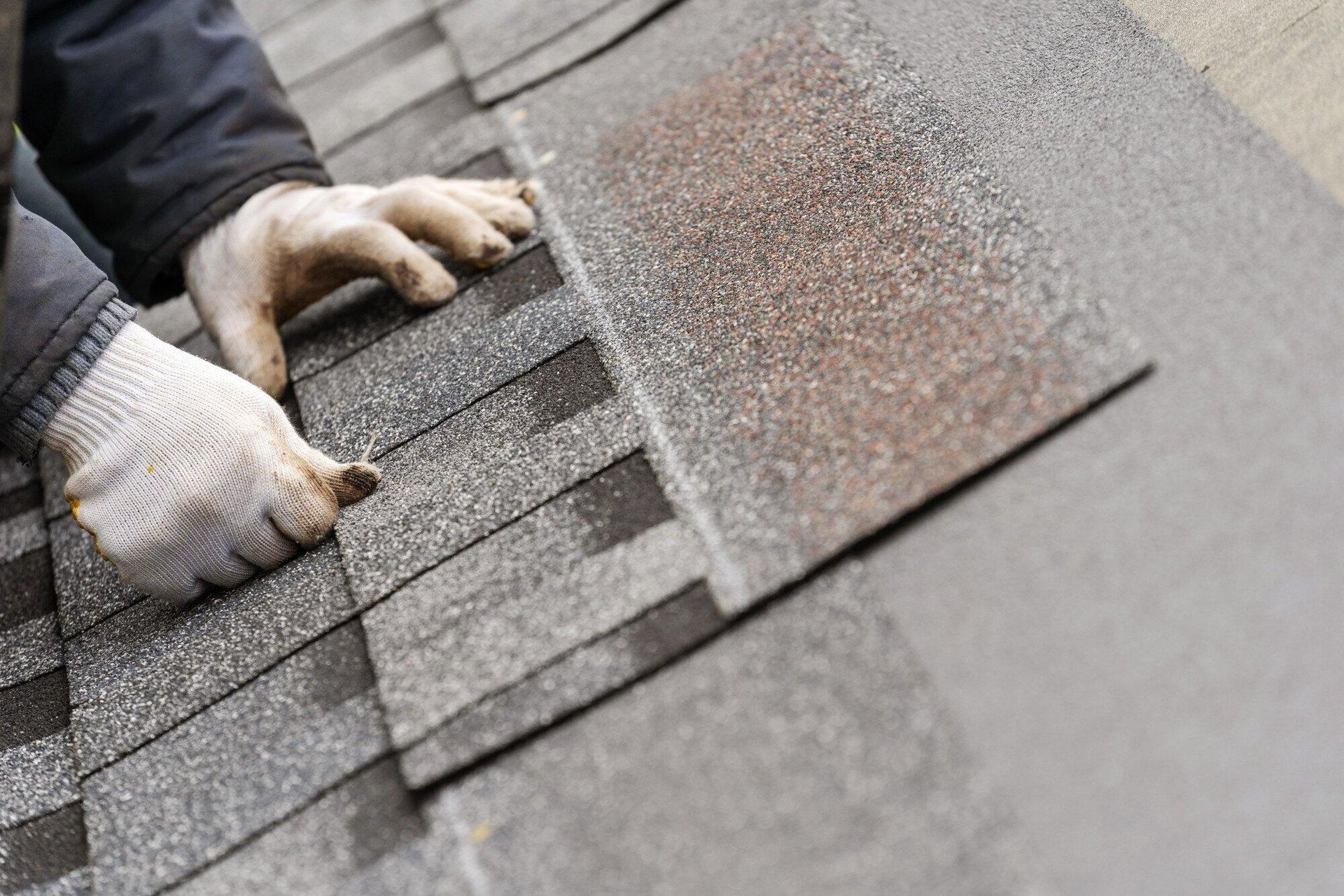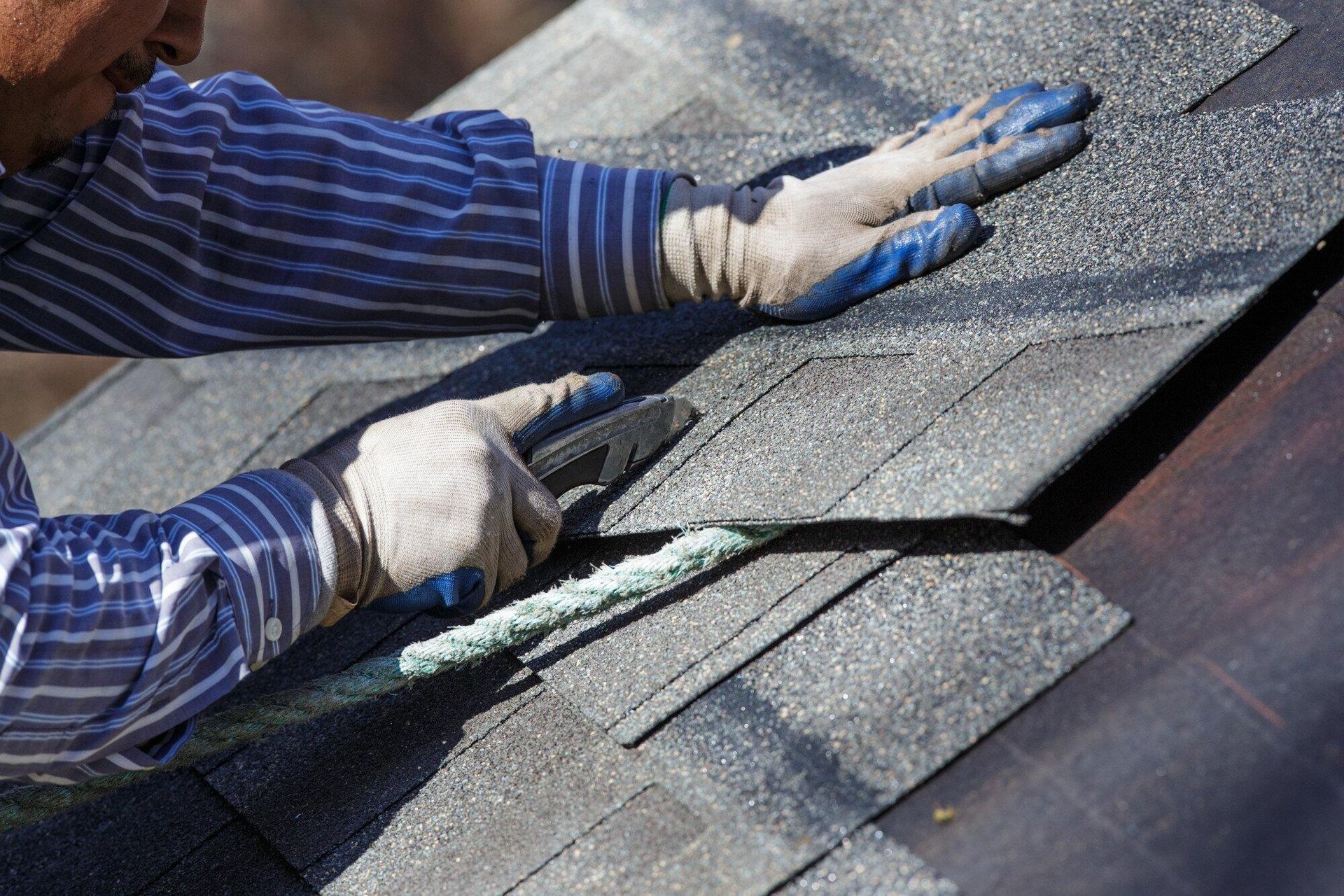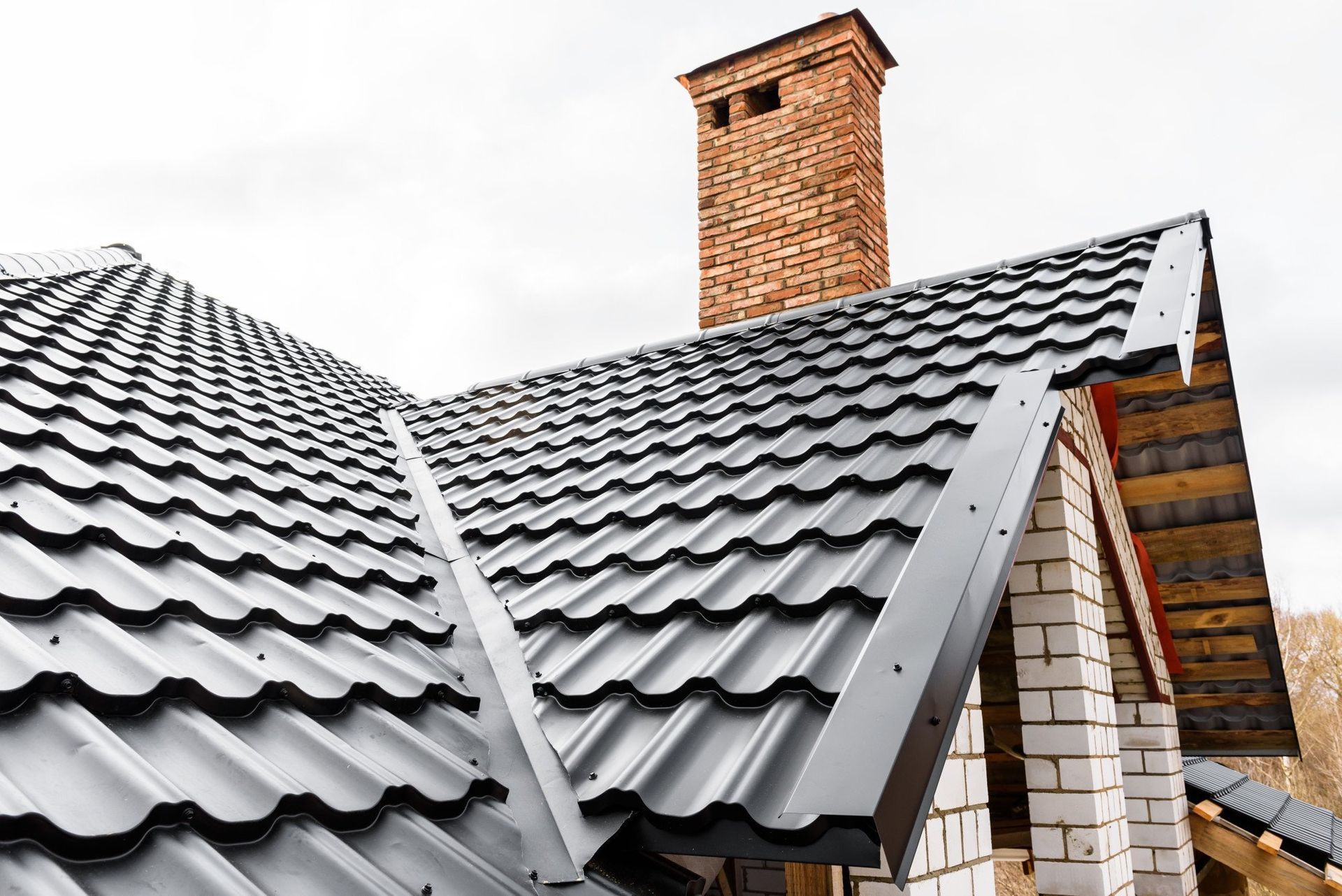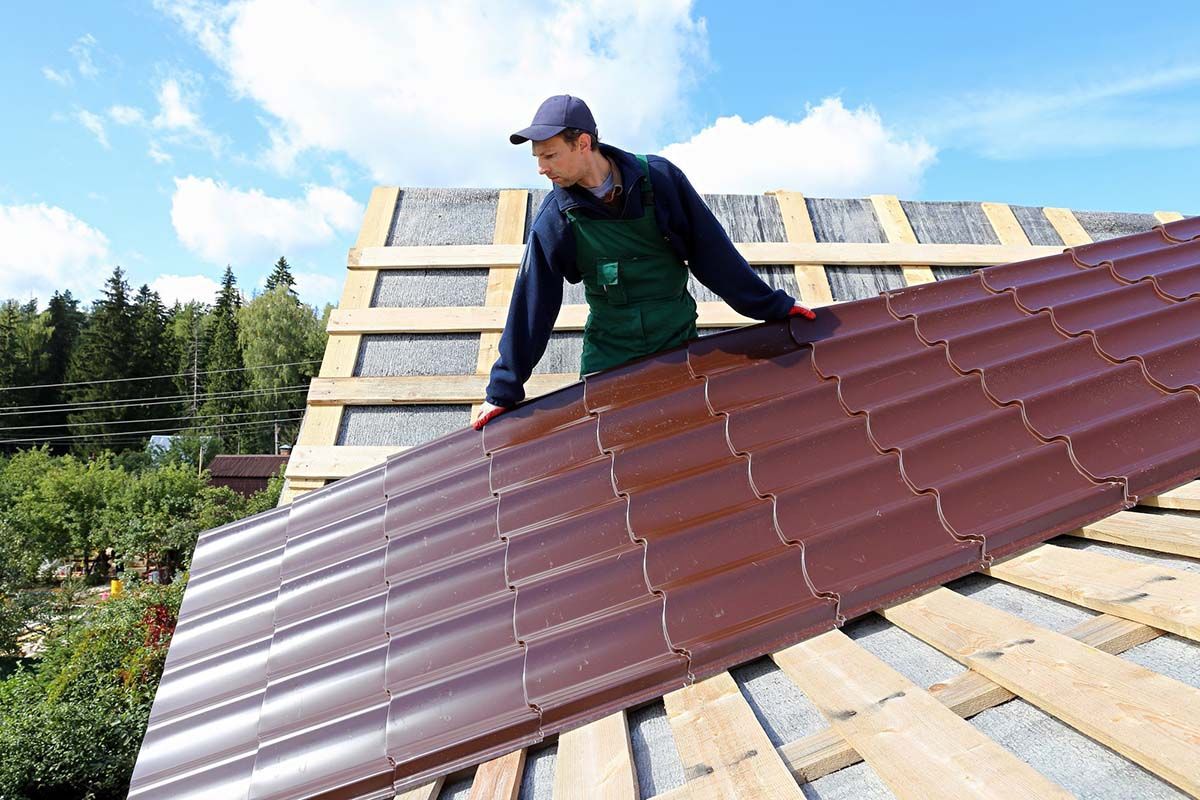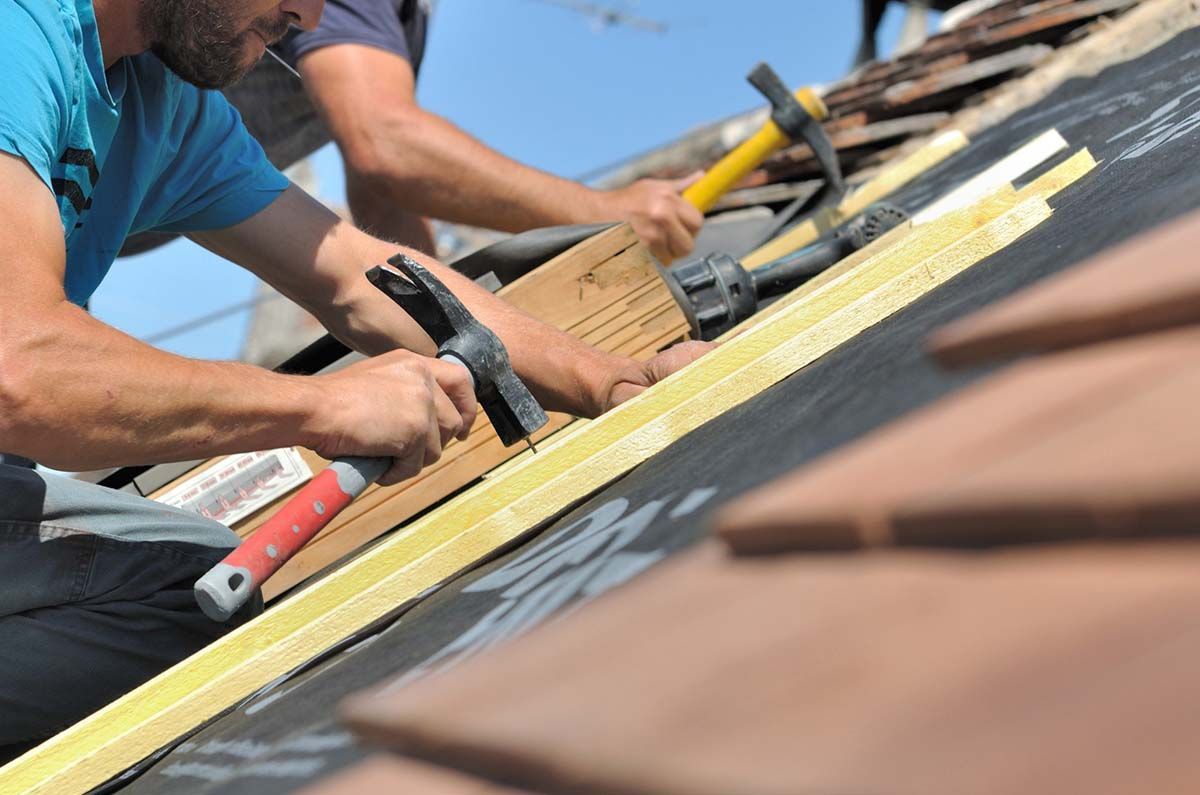Why Annual Roof Inspections Are Essential for Maintaining a Good Homeowners Insurance Policy
Understand the value of annual roof inspection for insurance. Learn how securing your roof equates to securing good homeowners insurance coverage here.
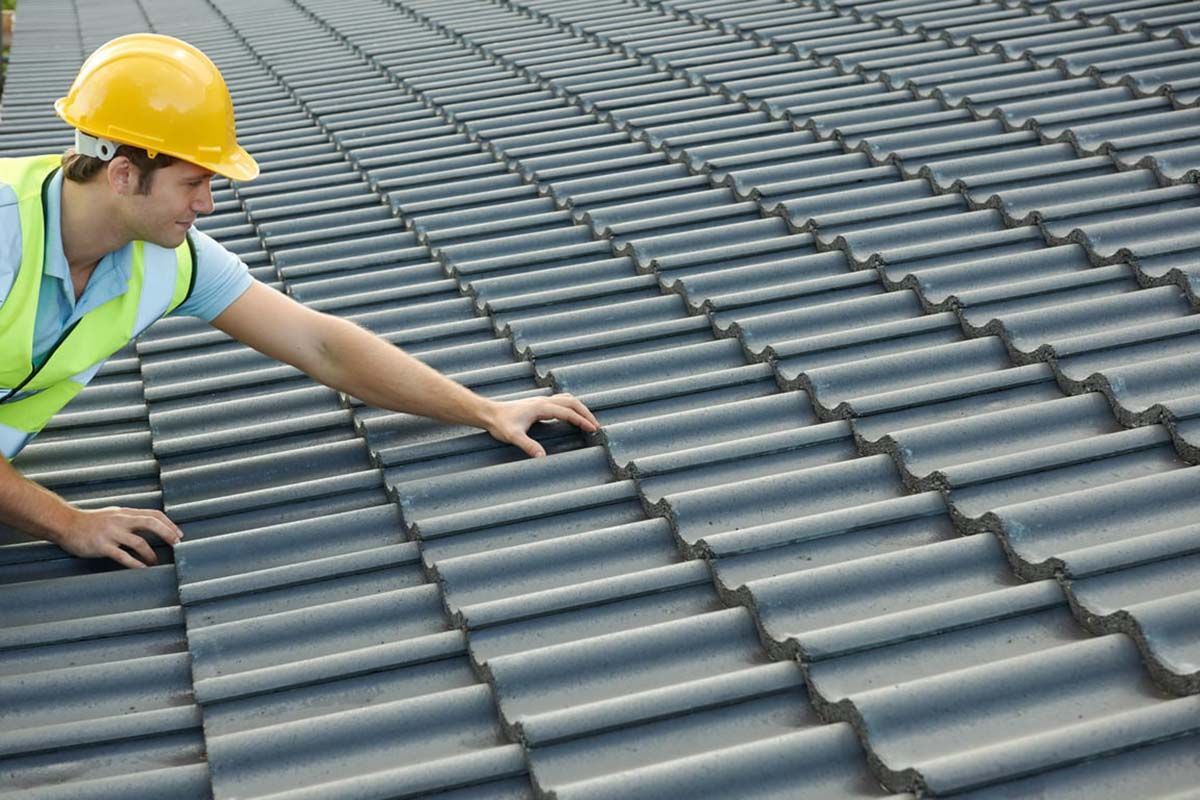
Roofs are the unsung heroes of our homes, offering us protection, shelter, and a myriad of other benefits. They shield us from the elements, keep us warm and dry, and contribute to the overall comfort of our living spaces. Yet, despite their vital role, roofs often go unnoticed until a problem arises.
In this blog post, we will explore why annual roof inspections are essential for homeowners, their insurance policies, and the overall well-being of their homes. By understanding the importance of an annual roof inspection for insurance coverage, you can ensure that your roof continues to be the steadfast guardian of your household. Let's get started.
The Role of Homeowners Insurance
Homeowners insurance is designed to provide financial protection in case of damage or loss to your property. It typically covers various perils, including fire, theft, and natural disasters.
One critical component of your home that falls under this protection is the roof. A damaged or compromised roof can lead to costly repairs or replacements, which is where your homeowners insurance policy comes into play.
The Connection Between Roofs and Insurance
A well-maintained roof is less likely to suffer damage in the first place. This is where the link between roof inspections and insurance becomes evident.
Insurance providers want to minimize their risks, and a sturdy roof can prevent or reduce the extent of damage during storms, hail, or other adverse weather conditions. By demonstrating that you take good care of your roof, you may be eligible for lower insurance premiums.
Preventive Measures Save Money
An annual roof inspection serves as an important preventive measure. During the inspection, a professional roofer can identify potential issues before they escalate into costly problems. This proactive approach can help you avoid significant expenses and insurance claims.
Most insurance policies have deductibles that you must pay out of pocket before your coverage kicks in. By addressing minor roof issues early, you can prevent these deductibles from eating into your wallet.
Extending Your Roof's Lifespan
Roof replacement is a significant investment. With annual inspections and timely repairs, you can extend the life of your roof. Many roofs have a lifespan of 20 to 30 years or more, depending on the materials used.
Regular inspections can help identify issues such as loose shingles, damaged flashing, or leaks, which, if left unaddressed, can lead to premature roof failure. By maximizing your roof's lifespan, you'll also reduce the likelihood of filing insurance claims for roof damage.
Insurance Premium Savings
When you present a well-maintained roof to your insurance provider, you may be eligible for discounts on your premiums. Insurance companies reward responsible homeowners who take steps to protect their properties.
By investing in an annual roof inspection, you not only safeguard your home but also potentially save money on your insurance policy. These savings can accumulate over time and make a significant difference in your overall homeownership costs.
What to Expect During an Annual Roof Inspection
Now that we understand the importance of annual roof inspections let's explore what you can expect during one. Roof inspections are typically carried out by licensed and experienced roofing professionals.
Below is a simple breakdown of what happens during the inspection process.
Visual Inspection
The roof inspector will start with a visual assessment of your roof's condition. They'll look for signs of damage, wear, or any visible issues.
Interior Inspection
In some cases, the inspector may need to check your attic or crawl space for signs of leaks or moisture damage, which can originate from the roof.
Examination of Roofing Materials
The inspector will also check the condition of your roofing materials, including shingles, tiles, or other coverings. They will look for signs of wear, damage, or missing pieces.
Flashing and Seals
Flashing around roof penetrations (such as chimneys or vents) and seals are inspected for integrity. Damaged or deteriorated flashing and seals can lead to leaks.
Gutter and Drainage Evaluation
The inspector may also assess your gutters and drainage system. Proper drainage is essential to prevent water from pooling on your roof.
Report and Recommendations:
After the inspection, the roofing professional will provide you with a roof inspection report detailing their findings. They will also make recommendations for any necessary repairs or maintenance.
Choosing the Right Roofing Professional
Selecting the right roofing professional is a critical step in ensuring that your annual roof inspection is thorough and reliable. Here are some key considerations to keep in mind when making this important decision.
Credentials and Licensing
It's essential to choose a roofing professional who holds the necessary credentials and licenses. In Sacramento and the surrounding areas, one reputable choice is Garner Roofing. We have a team of fully licensed and certified roofing experts that you can rely on.
Local Expertise
Opting for a local roofing professional like Garner Roofing is advantageous for several reasons. Local experts are more familiar with the specific weather conditions and challenges that roofs in the Sacramento area face.
Experience Matters
Experience is a valuable asset when it comes to roof inspections. We have more than 30 years of experience serving Sacramento and surrounding communities and a track record of conducting thorough and effective roof inspections.
References and Reviews
A reputable roofing company should be able to provide references and have positive reviews from satisfied clients. Reading reviews and speaking with previous customers can give you confidence in the quality of their services.
Click here to check out our many positive testimonials from clients.
Why Annual Roof Inspections for Insurance Coverage Are Essential
The bottom line is that homeowners insurance requires an annual roof inspection in order to maintain a good policy. By investing in these inspections, you protect your property, prevent costly repairs, and may even enjoy lower insurance premiums.
When it comes to reliable and thorough roof inspections, you can trust Garner Roofing in Sacramento and surrounding areas. Our team of licensed and certified roofing experts is well-versed in identifying potential issues, ensuring that your roof is in optimal condition for insurance coverage.
We understand the importance of roof inspection for insurance coverage. Click here to schedule your next insurance roof inspection.
Metal Roofing Sacramento CA: Inspecting, Buying, and Installing
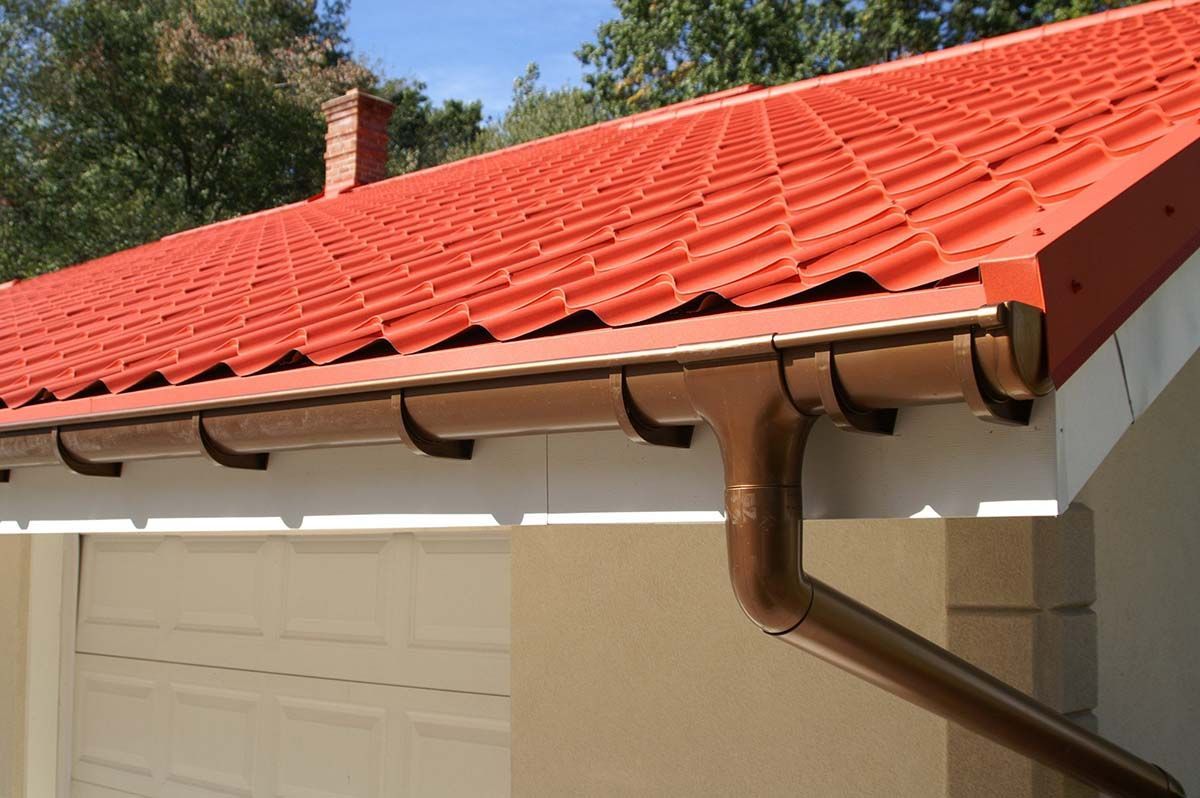

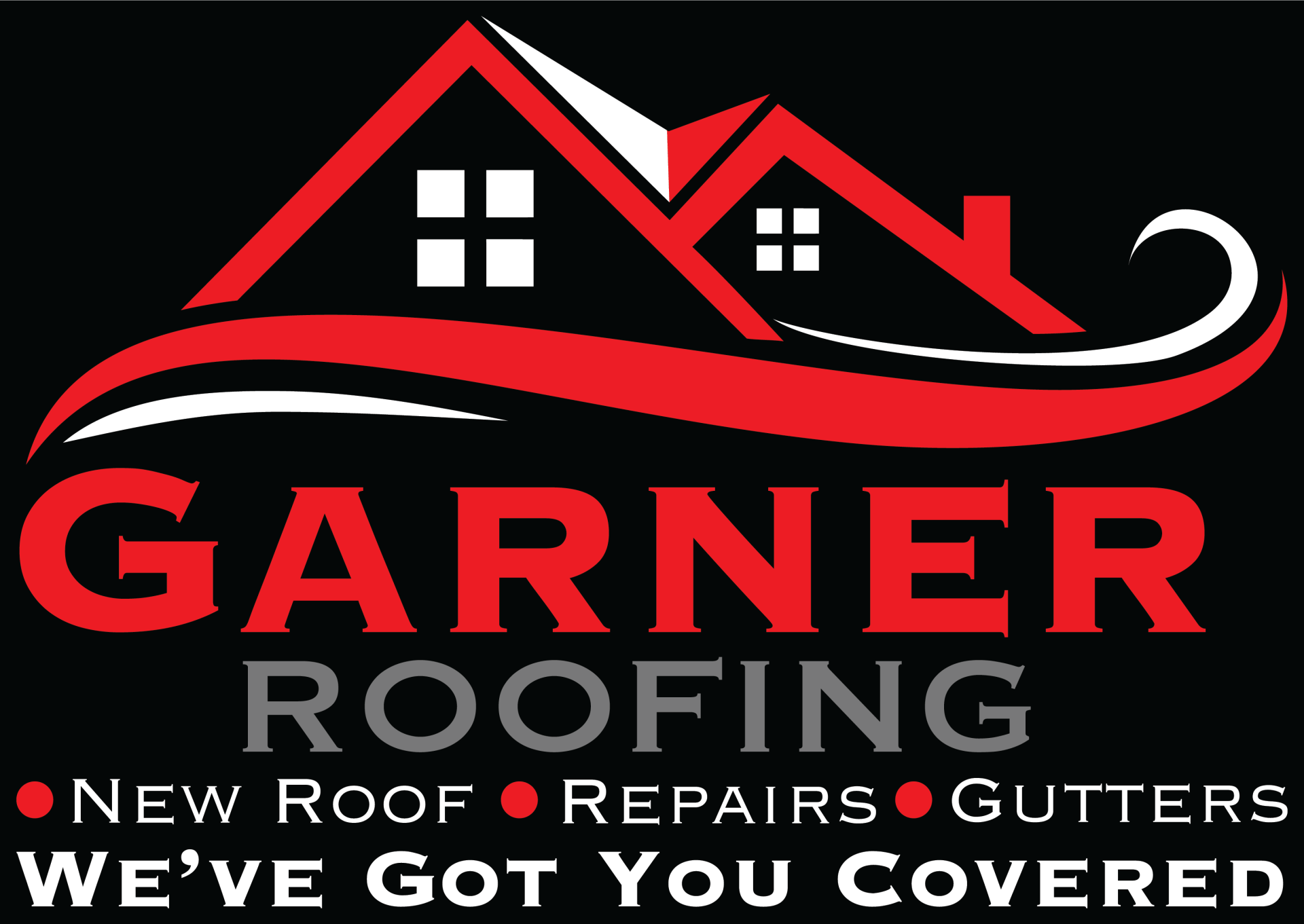
Hours:
Sunday - Closed
Monday - 8:00 am - 6:00 pm
Tuesday - 8:00 am - 6:00 pm
Wednesday - 8:00 am - 6:00 pm
Thursday - 8:00 am - 6:00 pm
Friday - 8:00 am - 6:00 pm
Saturday - 8:00 am - 4:00 pm
All Rights Reserved | Garner Roofing | Powered by Aletheia Digital
